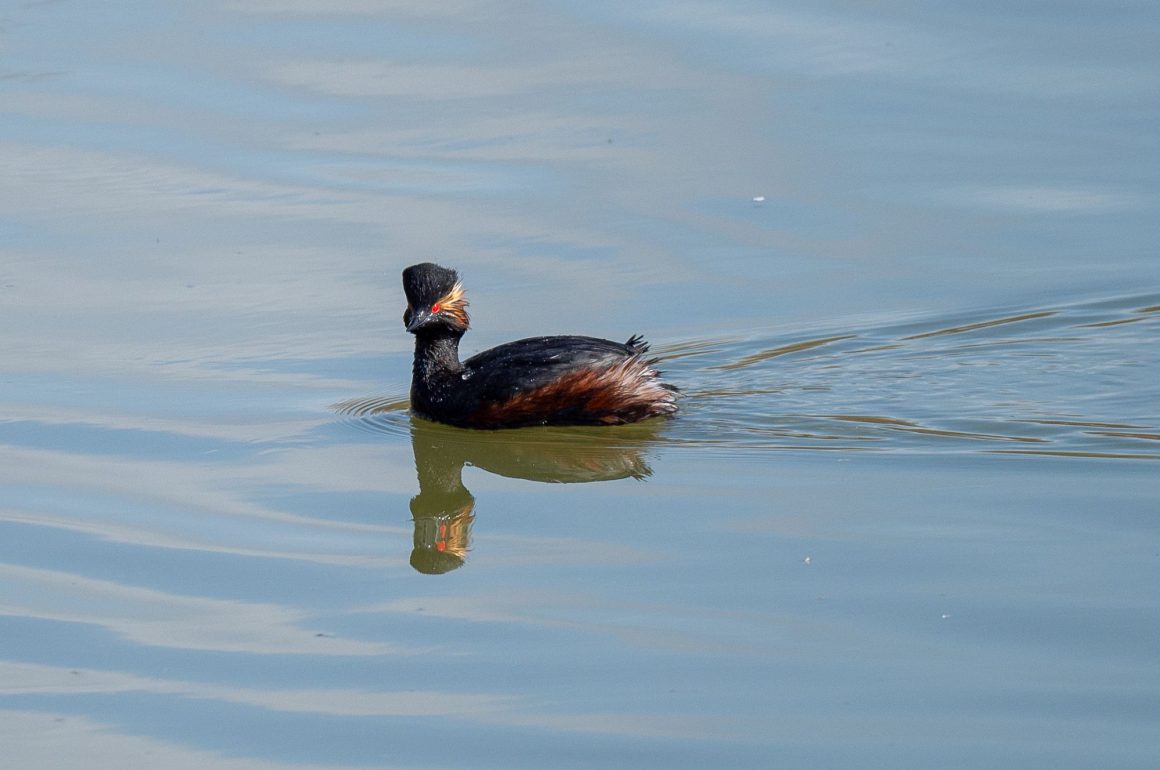
For a while I was considering together with Jacob, whom I met on Helgoland during my month of volunteering at the bird observatory there, to meet up for a short birding outing on a weekend. Jacob suggested the Wagbachniederung, a well-known wetland that is particularly popular amongst photographers for being one of the few locations in Germany where Purple Herons breed. Although an attractive bird, this species was not of particular interest to me as I’ve seen it countless times when I lived in South Africa (and is not present there at this time of year anyway), but the area has much more on offer. Especially during spring, a large number of specials can be recorded in the wetland, and we were hoping for some early passage migrants.
We strolled around quite casually as we also enjoyed simply updating each other about what we’ve been up to given that we hadn’t seen each other for five months. We still focused on the birds of course and saw quite a good number of species, although few were unexpected. The various waterbodies held Northern Shoveler, Tufted Duck, Common Pochard, Gadwall, European Teal, Great Crested Grebe, Little Grebe, and various other waterbirds. We were hoping for Bearded Reedling in the expansive reedbeds, but to no avail. We did however see several Common Reed Buntings, which are always delightful birds. The highlight however was a Black-necked Grebe in full breeding plumage at short distance – easily my best sighting of this very attractive bird. Eurasian Greenfinch, Common Chaffinch, Brambling, Marsh Tit, Willow Tit, and a Eurasian Sparrowhawk were present in the more wooded verges of the wetland. A Grey Heron looked quite comical as it seemed lost right in the middle of one of the ponds.
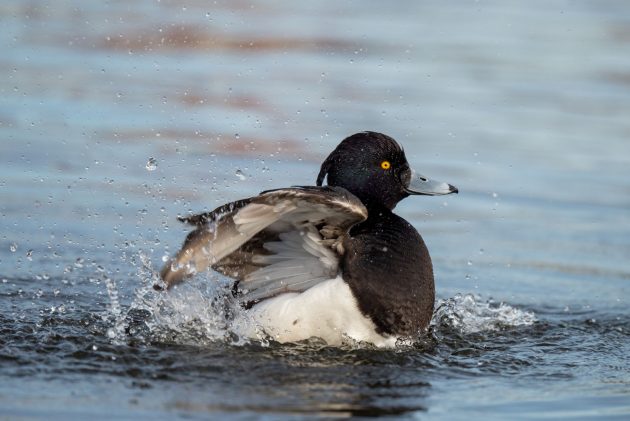
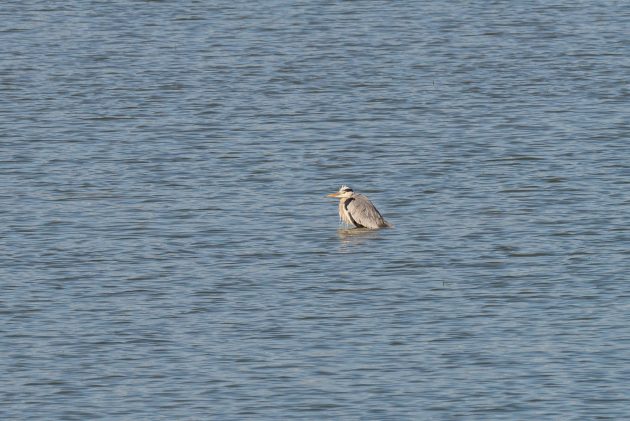
We decided to visit the Saalbachniederung as well, a nearby expanse of open meadow and wetland and a short train ride away. Arriving at the Saalbachniederung after a scenic bike ride from the station of Graben-Neudorf, we were greeted by displaying Eurasian Skylarks and White Storks in courtship. Meadow Pipits were also around in good numbers, and a European Stonechat was using a tree as a vantage point to scan the surroundings. A male Hen Harrier was a beautiful sight as it quartered low over the grassland, and a Common Raven also flew past. Pretty much all of the same waterbirds were present in the small lake, but we also had Northern Lapwing and Common Snipe. A Grey-headed Woodpecker called from a clump of trees that also held a Mistle Thrush.
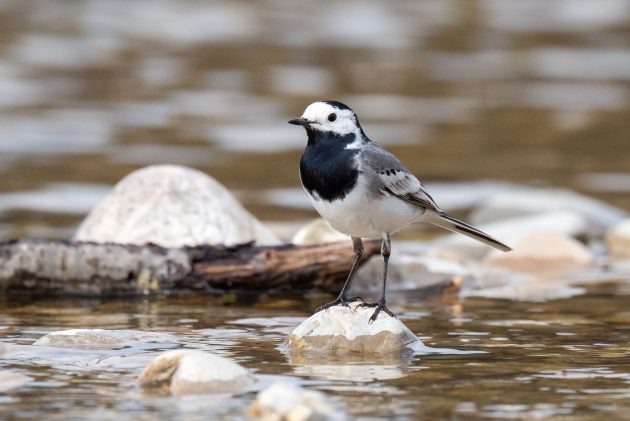
As it started to get dark we cycled back to the station from where I took the train to nearby Heidelberg where I stayed for the night. Before taking the train back to Bonn the next morning, I watched a Red Squirrel that somehow ended up on a ledge on a building wall and was lost for quite a while until it managed to balance over a cable to get back into a tree.
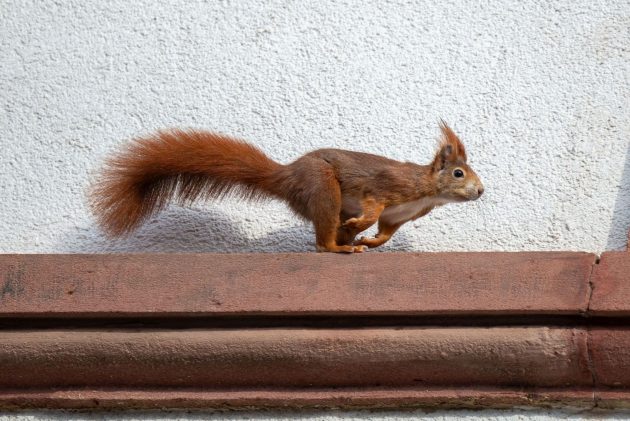


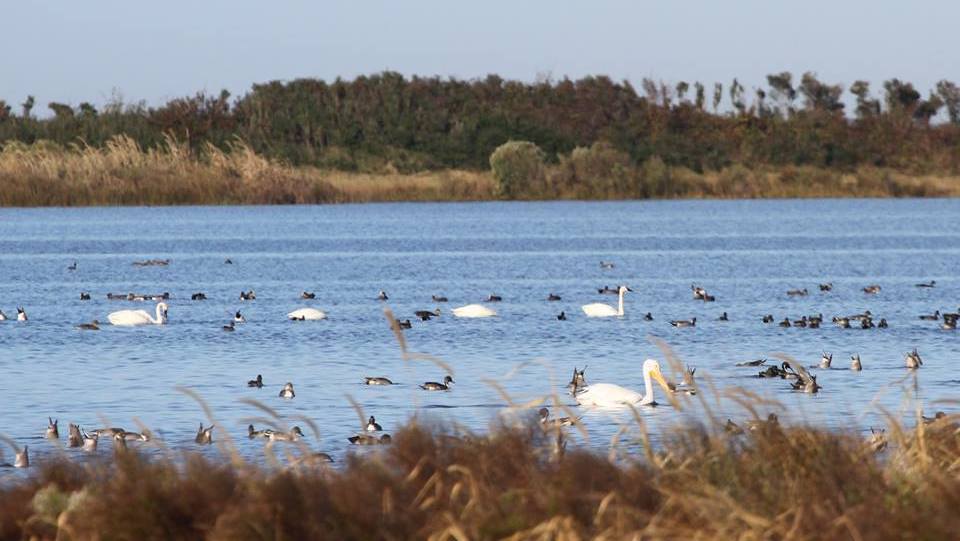
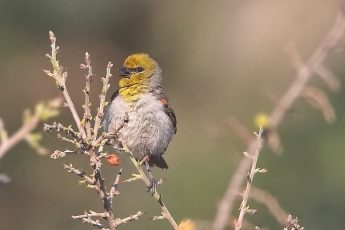

 New writers welcome – please contact us for details.
New writers welcome – please contact us for details.

















Oh sweet! That’s my “home turf”! Next time you are in the Heidelberg vicinity, drop me an email.
I love birding the Saalbachniederung. Such a beautiful landscape and the birding is top notch too, considering it’s far inland. I actually prefer it over Wagbach as the birding is more unpredictable. At Wagbach, you just try to “tick off” the classics (purple herons, bluethroats, bearded tits, spoonbill and waders) and there are usually so many birders present that there is little left to genuinely discover. Not so at Saalbach. And Saalbach had breeding Little Bitterns the last few years which were very easy to observe well.
Seeing Willow Tits at Wagbach is nice. This used to be one of the very few reliable breeding sites for the species in the northern Rhine Valley of Baden-Württemberg, but so far as I know this is not the case anymore.
Oh that sounds fantastic, will do!
I did have the feeling Wagbach is also more of a photography spot – though I would admit I’d like to go again if Bluethroats and Bearded Tits are around :). Interesting with the Willow Tits, I wouldn’t have thought that they are that uncommon!